
IT tools

|
IT in the Building Process IT tools |
| [home] [education] | Last update 2002.05.22 (2002.05.14) [2002.01.15] |
| Goal: | The goal of the 'IT in the Building Process - IT-tools' course is to mediate understanding of methods and technologies for multimedia human machine interface design, computer supported collaborative work, graphical decision support and, as well as mediation of knowledge about how the future services, systems, and infrastructures for information transfer (knowledge management) can be built and integrated. |
|
Volume/ Placement: |
This 2 modules course is one of 2 with emphasis on IT during the semester 8Master of IT in Building Management education
(calendar).
|
| Content: |
Explaining Knowledge Management. Knowledge Management tools.
Principles for meta-structuring in web based structures. Properties of the next generation Semantic Web.
Principles and technologies for computer supported collaboration, decision support and competence co-operation. Collaboration in Virtual Reality environments. Graphic editing and interactive digital film tools. Multimedia, MM, and Human Computer Interaction, HCI, history and development. MM communication channels properties. Standards and protocols to support HCI and collaboration.. Virtual Reality systems. Building 3D models for the Web (Virtual reality mark-up language - VRML, and Cult3D).
Design of Multimedia and HCI tools. Principles, guide-lines, the Contextual design method, authoring tools, incremental prototyping.
User models (competencies profiles, languages, digital agents and agent co-operation,...)
Interactive story telling.
Usability engineering and testing of HCI tools.
Mini-projectDuring the course a miniproject will be carried through in the student groups. Example on application areas are
The following domains will be covered during the miniproject
The system shall be available from the WWW and The following ICT, Information and Communication Tools, can be used during prototype design and development
References. Further reading under each lecture.
|
| Examination: |
Oral test based on 1-3 hour discussions a group on a mini project or exercises collection. Assessed with the grade "passed" or "failed" with internal
censor participation. Examination will take place at Sohngaardsholmsvej 57, Media Lab, Monday May 30 , 2002, at 1000 a.m. Examinators are Per Christiansson and Kjelds Svidt.
(See also old sem8 minprojects
Group 2.124,
Group 2.126,
HP group database kim/kim).
|
| Participants: |
The students come from semester 7 of the civil engineering
Building Management program.
Here you get access to the exercises
from this semester 8 2002.
Teacher |
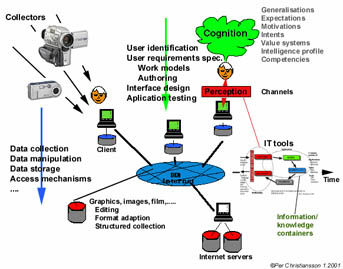
|
1. SETTING THE SCENE
Tuesday February 12, 2002.
IT as communication support.
|
|
2. EXPLAINING KNOWLEDGE MANAGEMENT
Monday February 18, 2002.
Explaining Knowledge Management.
|
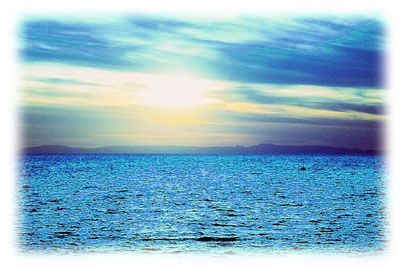
|

|
3. COLLABORATION TOOLS
Tuesday February 26, 2002.
Principles and technologies for computer supported collaboration
and competence co-operation.
|
|
4. MULTIMEDIA DESIGN AND HISTORY. USER MODELS
Monday March 04, 2002.
Design of Multimedia (MM) and Human Computer Interaction (HCI), applications.
|

|

|
5. USABILITY ENGINEERING
Monday March 18, 2002.
We explore the field of Usability Engineering including
usability testing of HCI tools and interfaces to
application systems. Defining and building User Environments. Central issues are system user characteristics,
user requirements capture, design and prototyping, and evaluation.
|
|
6. WEB-3D. Building Virtual Worlds
Thursday March 21, 2002.
Virtual Reality systems. Virtual reality mark-up language - VRML, collaboration in
Interactive Cult 3D models on the WWW.
|
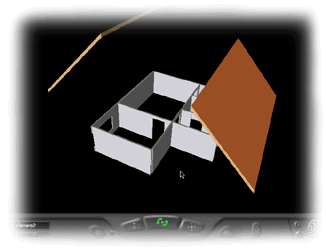
|
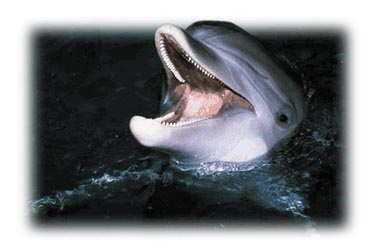
|
Monday March (18) 25, 2002.
It may be useful to regard a web presentation as a story. You have something you want to tell the 'reader'. It could be something about what services your company may offer, best practice for your intranet/projectweb, or a story to your employees on possible changes in you company to raise quality in services and working environments.
We will take starting point in linear story telling using video and move to multimedia based presentations at the same time introducing interactive story telling.
The exercise will use the ongoing semester project as basis for sketching how an interactive story can be told.
|
|
Monday (March 25) April 4, 2002.
This lecture and exercise focus on fundamentals for
capture, storage, editing and presentation of graphics and images.
Focus is on
|
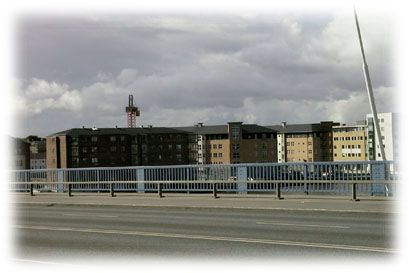 Click on the image for a high [4.9 Mb] resolution interactive harbour image or here for low [1.7 Mb] resolution. |

|
9. DIGITAL VIDEO EDITING
Monday April 8, 2002.
We follow up the video story telling part with methods and techniques
for digital video editing and distribution.
Hands-on training on Adobe Premier and Apple Imovie.
|
|
Thursday May 23, 2002.
Mini project follow-up
Special issues on request
|
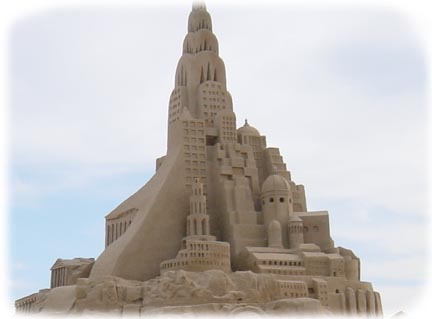 |

|

|

|
|
Per Christiansson |